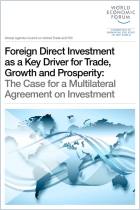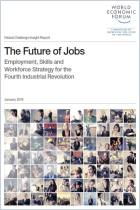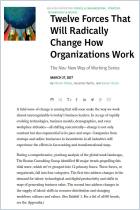Rejoignez getAbstract pour lire le résumé !

Rejoignez getAbstract pour lire le résumé !
World Economic Forum and Capgemini
Realizing the Potential of Global Digital Jobs
World Economic Forum, 2024
Aperçu
The proliferation of digital technologies is transforming the international labor market.
Recommendation
By 2030, approximately 92 million remote “global digital jobs” may be available to the worldwide labor force, meaning that workers, corporations, and nations could experience significant economic disruption. In this World Economic Forum white paper, labor experts Elselot Hasselaar and Anne Lebel offer a comprehensive analysis of the global workplace and the advantages, opportunities, obstacles, and externalities of global digital jobs. They examine the strategic and tactical architecture that countries and businesses will need to effectively engage with a remote workforce. Corporate leaders and business owners will find valuable insights in their detailed report.
Summary
About the Authors
Elselot Hasselaar is Head of Mission, Work Wages, and Job Creation at the World Economic Forum. Anne Lebel is Chief Human Resource Officer at Capgemini.






















Comment on this summary